What is Magnesia Carbon Brick?
Magnesia carbon bricks are made from high melting point basic magnesium oxide, high melting carbon which is difficult to furnish by the slag and a variety of non-oxide additives, making non carbonaceous composite magnesia carbon refractory bricks by combining with carbonaceous binder. As composite refractories, magnesia carbon bricks effectively make the use of the strong slag erosion ability of magnesite clinker as well as high thermal conductivity and low expansibility of carbon to off sets the biggest weakness of poor anti-stripping performance. These Magnesia carbon bricks are having high temperature plasticity. is a kind of important refractory material used in steelmaking converter, steel making electric furnace, steel refining furnace and its ladle as lining (lining). As the erosion resistance, not easy to slag, so the use of magnesia brick can significantly improve the life of steel-making furnace (bag).
MgO-C bricks were developed for use on the hot spots of EAFs and began to be applied to BOF.
The main raw materials used in the production of MgO-C bricks are magnesia aggregate, graphite, resins, and other additives.In MgO-C brick, carbon plays a very important role by providing non-wetting nature to the refractory.
Magnesia Carbon Brick Production Process
The steps in the production process of MgO-C bricks are described here. First, the raw materials are graded into coarse, medium, and fine sizes and are classified as necessary. Next, they are mixed and kneaded with a binder in pre-determined blend proportions by parti cle size. The kneaded mixture is press formed into bricks.
The magnesia aggregate and graphite in MgO-C bricks show orientability depending on the forming di rection of the press.
It is hence important to consider the forming direction of bricks when laying the bricks. A cold isostatic press with small anisotropy is also used for the production of large refractory products such as bottom blowing tuyere bricks and taphole bricks.
In the design of the refractory lining of the BOF, the respective lining areas differ in the damage mechanism, frequency, and quantity. Zoned lining is normally adopted for changing the thickness and quality of MgO-C bricks in different lining areas to make the overall damage balance as uniform as possible throughout the refractory lining of the BOF.
The bricks are cold-pressed into shape and are used in lining of the BOF and the slag lines of secondary steelmaking vessels as well as applications in other steelmaking el furnaces. The liquid slag is in contact with the refractory during the refining process, where temperatures more than 1,650 deg C are common. Since the slag is floating over the liquid steel in the furnace, local convection currents develop near the slag-refractory-steel-air intersection which leads to small-scale circulating flows that increase dissolution.
Magnesia Carbon Brick Features:
It can be used in 1680oC long term, erosion, weathering resistance, thermal shock resistance, oxidation resistance, the appearace of precise size.
Application: converter cap, furnace body, ear shaft, molten pool, electric furnace, ladle slag line.
1. Magnesia carbon brick has excellent slag resistance, slag penetration.
2. Magnesia carbon brick can effectively prevent spalling, with excellent spalling resistance.
3. Magnesia carbon brick has excellent thermal stability and thermal conductivity.
4. Magnesia carbon brick has excellent high temperature resistance.
5. Magnesia carbon brick has high strength, high temperature creep characteristics of low .
6. Magnesia carbon brick the excellent properties of MgO-C brick brick depends on the presence of carbon, with antioxidant .
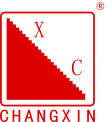
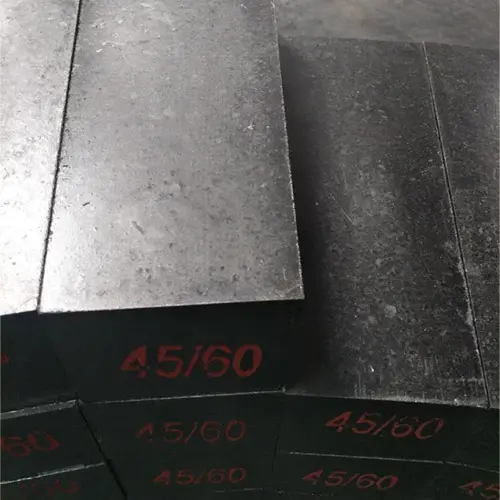
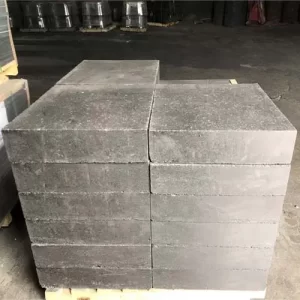

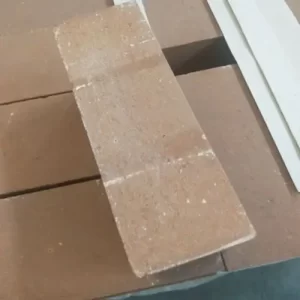
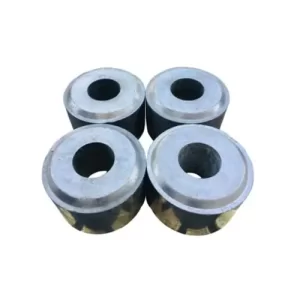
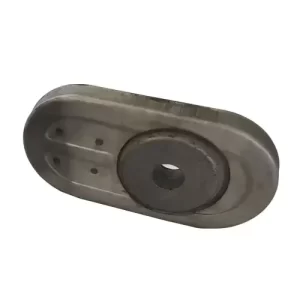

Reviews
There are no reviews yet.